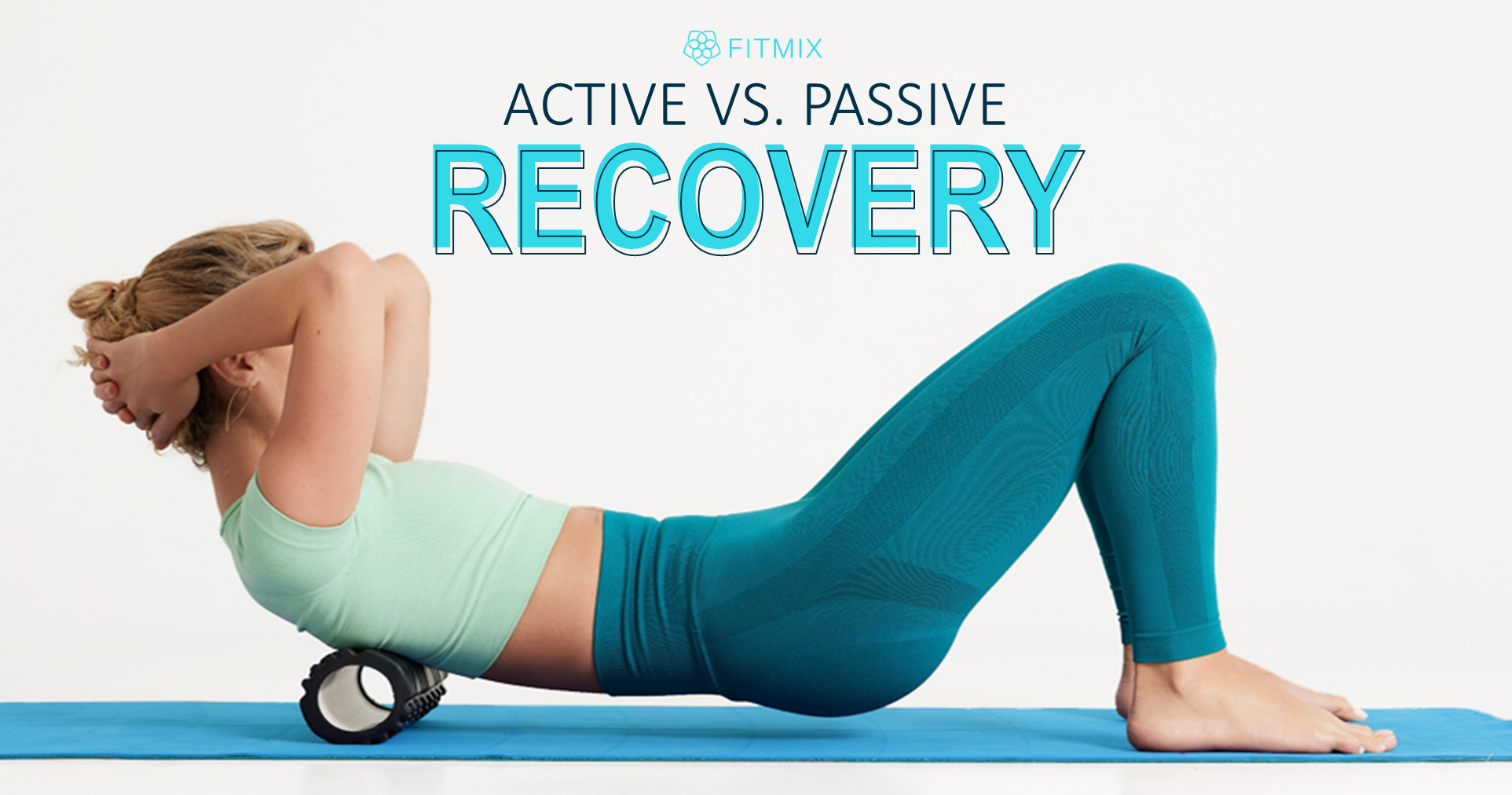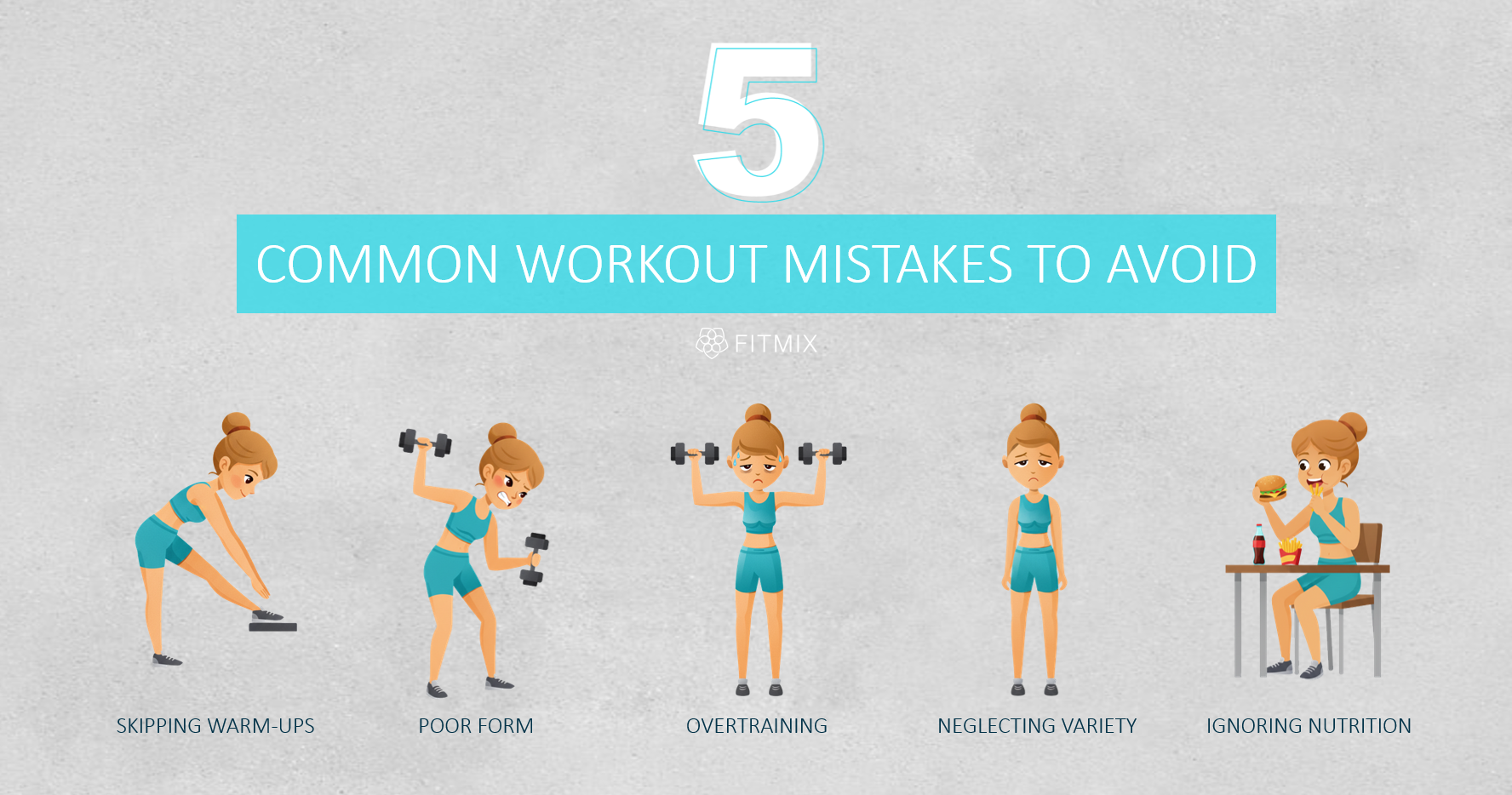Active Vs Passive Recovery
 April 20, 2024
April 20, 2024
 0
0
 0
0

In the world of fitness and sports, recovery is just as crucial as the workout itself. It's during this recovery period that your body repairs and strengthens itself. There are two main types of recovery: active and passive. Understanding the differences between these two can help you optimize your fitness routine and prevent injury.
What is Active Recovery?
Active recovery involves engaging in low-intensity exercise during the recovery period. The goal is to increase blood flow to the muscles, which can help reduce muscle soreness and speed up the healing process. Active recovery activities might include light jogging, swimming, yoga, or cycling at an easy pace.
What is Passive Recovery?
Passive recovery, on the other hand, involves complete rest. This means taking a break from any physical activity and allowing your body to heal naturally. Passive recovery is often recommended after intense workouts, competitions, or when you're feeling particularly fatigued.
Benefits of Active Recovery
- Reduces Lactic Acid: Active recovery helps to flush out lactic acid, which can build up in muscles during intense exercise, leading to soreness.
- Improves Flexibility: Gentle movement during active recovery can help maintain and even improve flexibility.
- Speeds Up Recovery: By increasing blood flow, active recovery can speed up the delivery of nutrients to damaged muscle tissues, aiding in quicker recovery.
- Mental Clarity: Engaging in light exercise can help clear your mind and reduce stress, keeping you mentally sharp.
Benefits of Passive Recovery
- Restores Energy: Complete rest allows your body to replenish energy stores that have been depleted during intense workouts.
- Repairs Tissues: During passive recovery, your body can focus entirely on repairing damaged tissues and building stronger muscles.
- Prevents Overtraining: Taking regular rest days can help prevent overtraining, which can lead to burnout and injury.
- Mental Break: Passive recovery gives you a mental break from the rigors of training, which can be essential for long-term motivation and enjoyment of your fitness journey.
Finding the Right Balance
The key to a successful fitness routine is finding the right balance between active and passive recovery. This balance will depend on your individual fitness level, goals, and the intensity of your workouts. Here are some tips to help you find that balance:
- Listen to Your Body: Pay attention to how your body feels. If you're feeling particularly sore or fatigued, it might be a sign that you need a passive recovery day.
- Mix It Up: Incorporate both active and passive recovery into your routine. For example, after a heavy lifting session, you might opt for a light yoga class the next day followed by a complete rest day.
- Plan Your Recovery: Just as you plan your workouts, plan your recovery days. This ensures that you're giving your body the time it needs to heal and grow stronger.
Conclusion
Both active and passive recovery play essential roles in a well-rounded fitness routine. By understanding the benefits of each and listening to your body, you can create a recovery plan that keeps you performing at your best and prevents injury. Remember, recovery is where the real magic happens in your fitness journey.
Subscribe to My Newsletter
Fill your email below to subscribe to my newsletter
Comments (00)
Be the first to comment!
Leave a Reply
Your email address will not be published. Required fields are marked *





